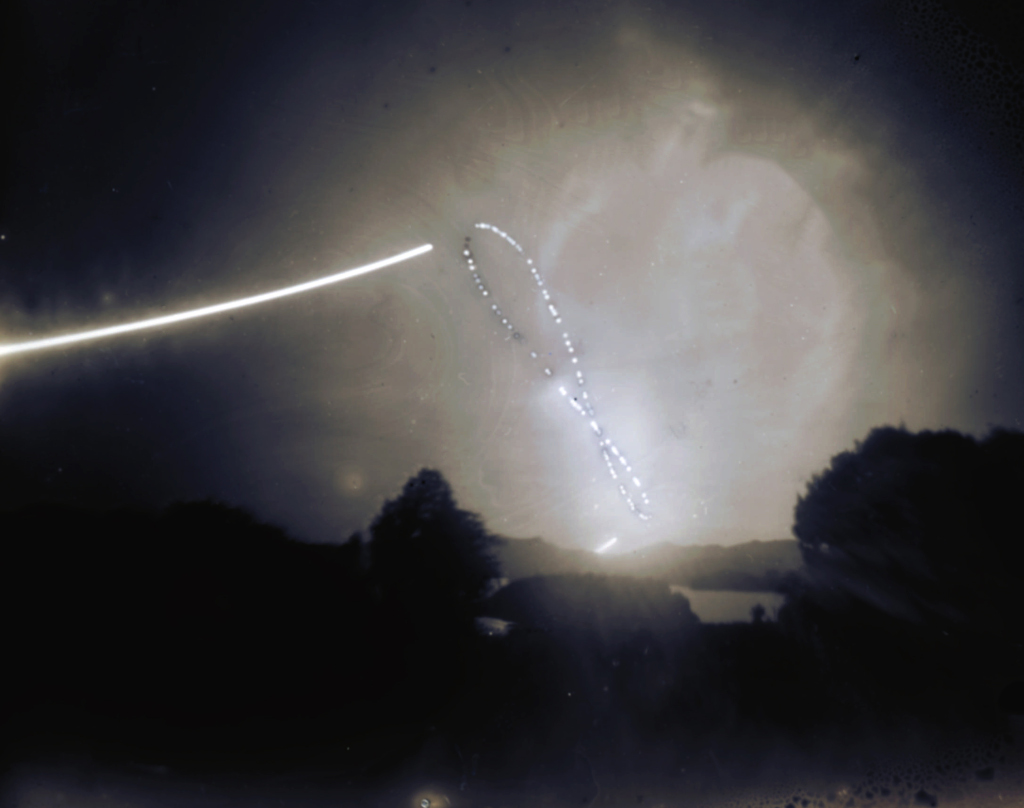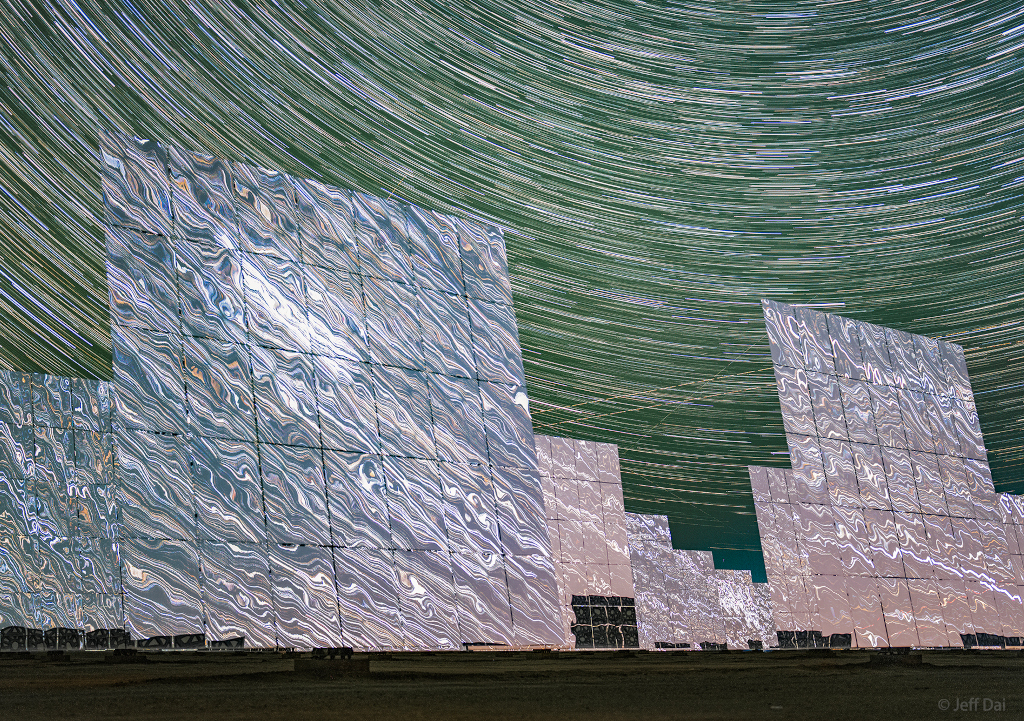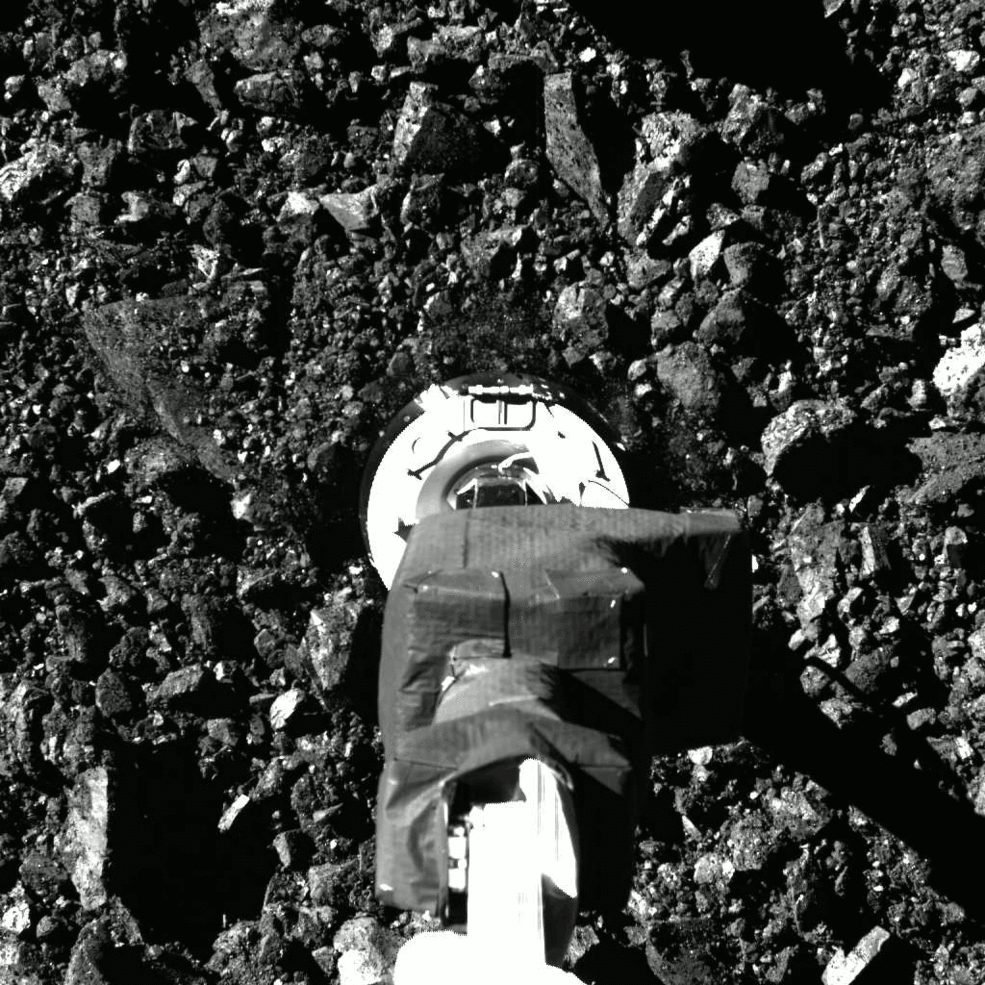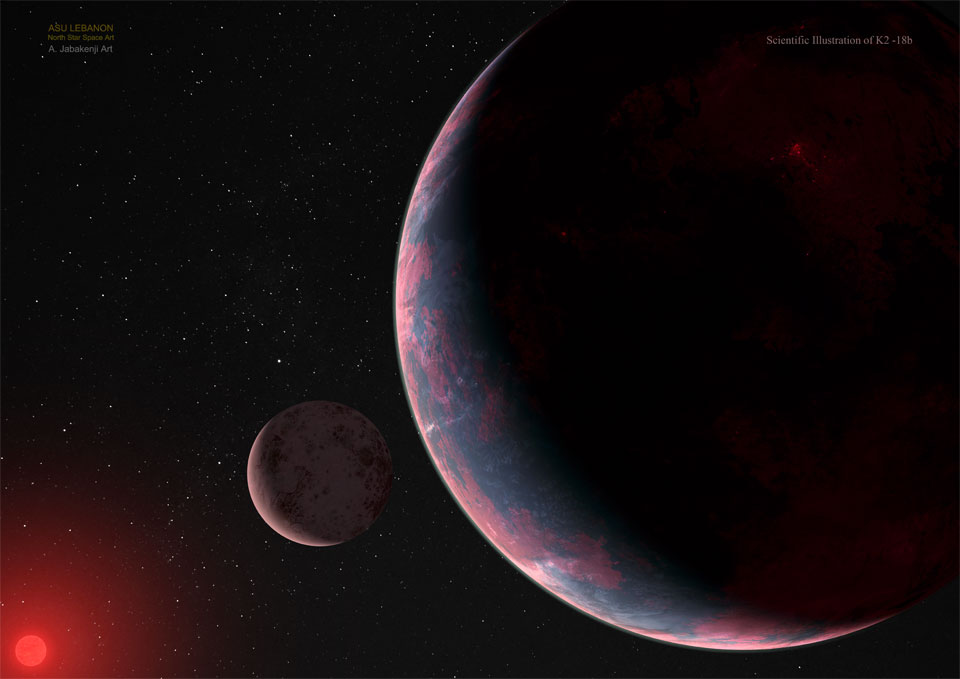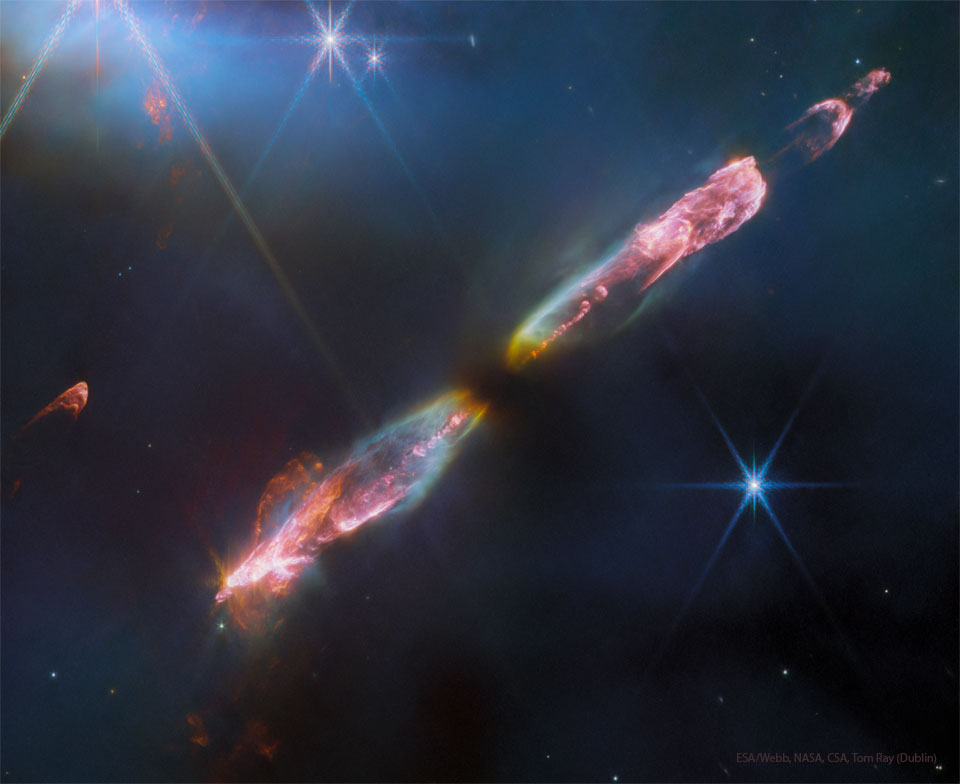2023 September 24
Video Credit: Colin Legg & Geoff Sims; Music: Peter Nanasi
Explanation: What's rising above the horizon behind those clouds? It's the Sun. Most sunrises don't look like this, though, because most sunrises don't include the Moon. In the early morning of 2013 May 10, however, from Western Australia, the Moon was between the Earth and the rising Sun. At times, it would be hard for the uninformed to understand what was happening. In an annular eclipse, the Moon is too far from the Earth to block the entire Sun, and at most leaves a ring of fire where sunlight pours out around every edge of the Moon. The featured time-lapse video also recorded the eclipse through the high refraction of the Earth's atmosphere just above the horizon, making the unusual rising Sun and Moon appear also flattened. As the video continues, the Sun continues to rise, while the Sun and Moon begin to separate. The next annular solar eclipse will occur in less than three weeks. On Saturday, October 14, a ring of fire will be visible through clear skies from a thin swath crossing both North and South America.

